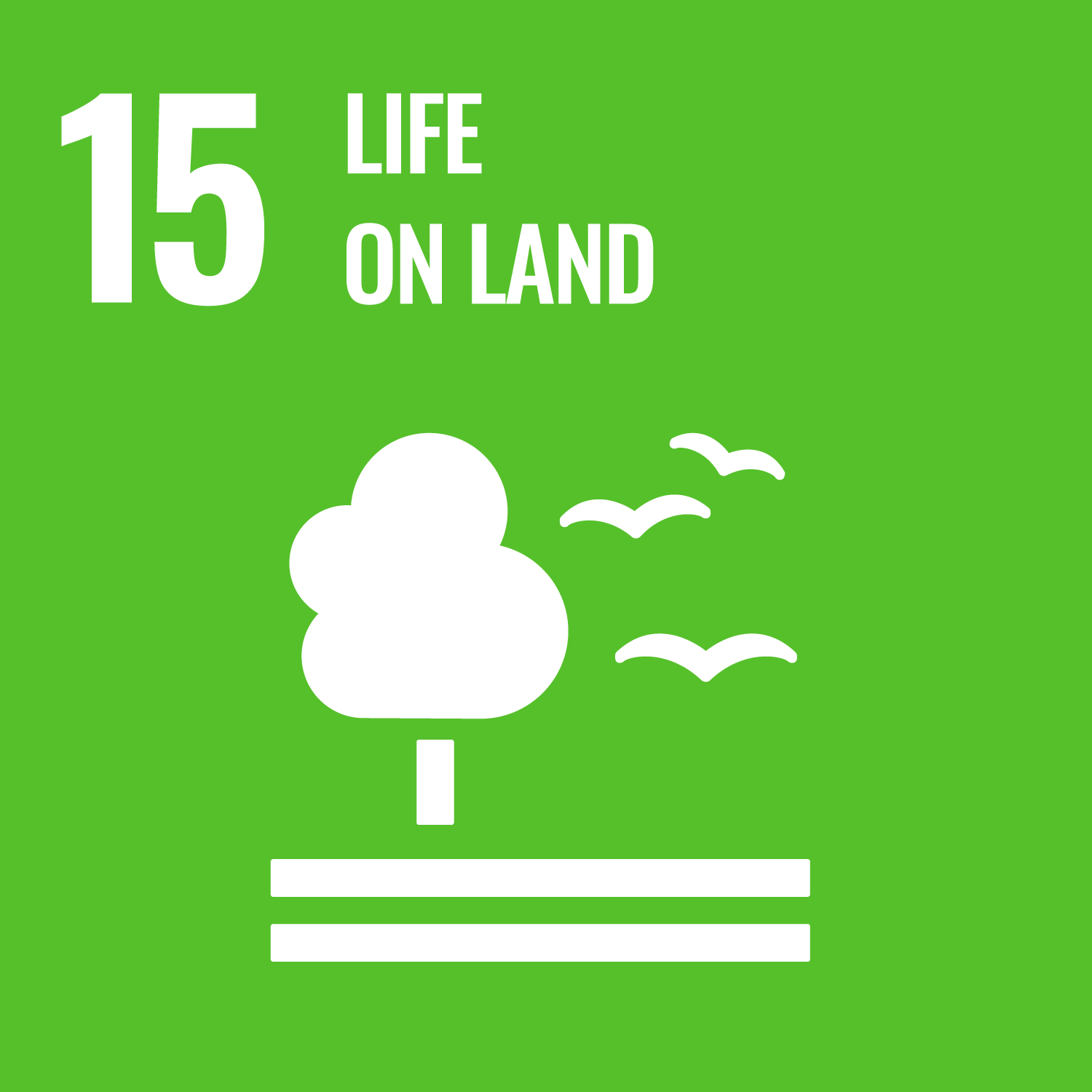Abstract
The use of human and veterinary pharmaceuticals is increasing. Over the past decade, there has been a proliferation of research into potential environmental impacts of pharmaceuticals in the environment. A Royal Society-supported seminar brought together experts from diverse scientific fields to discuss the risks posed by pharmaceuticals to wildlife. Recent analytical advances have revealed that pharmaceuticals are entering habitats via water, sewage, manure and animal carcases, and dispersing through food chains. Pharmaceuticals are designed to alter physiology at low doses and so can be particularly potent contaminants. The near extinction of Asian vultures following exposure to diclofenac is the key example where exposure to a pharmaceutical caused a population-level impact on non-target wildlife. However, more subtle changes to behaviour and physiology are rarely studied and poorly understood. Grand challenges for the future include developing more realistic exposure assessments for wildlife, assessing the impacts of mixtures of pharmaceuticals in combination with other environmental stressors and estimating the risks from pharmaceutical manufacturing and usage in developing countries. We concluded that an integration of diverse approaches is required to predict ‘unexpected’ risks; specifically, ecologically relevant, often long-term and non-lethal, consequences of pharmaceuticals in the environment for wildlife and ecosystems.
DOI Link
Publication Date
2013-08-23
Publication Title
Biology Letters
Volume
9
Issue
4
ISSN
1744-9561
First Page
20130492
Last Page
20130492
Recommended Citation
Arnold, K., Boxall, A., Brown, A., Cuthbert, R., Gaw, S., Hutchinson, T., Jobling, S., Madden, J., Metcalfe, C., Naidoo, V., Shore, R., Smits, J., Taggart, M., & Thompson, H. (2013) 'Assessing the exposure risk and impacts of pharmaceuticals in the environment on individuals and ecosystems', Biology Letters, 9(4), pp. 20130492-20130492. Available at: 10.1098/rsbl.2013.0492



